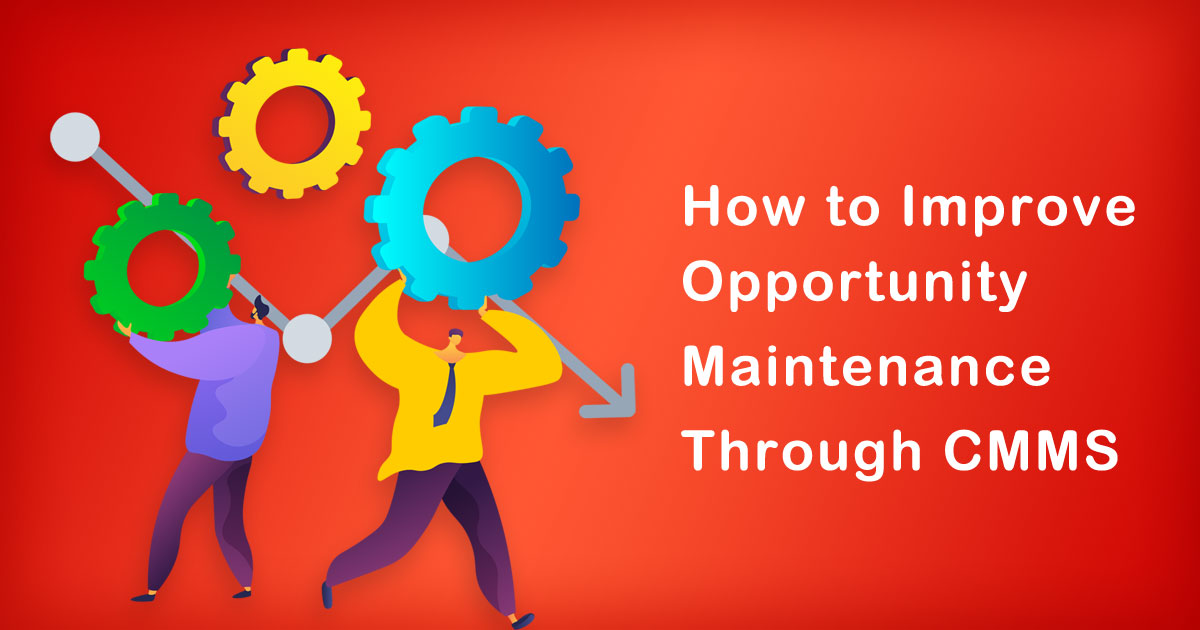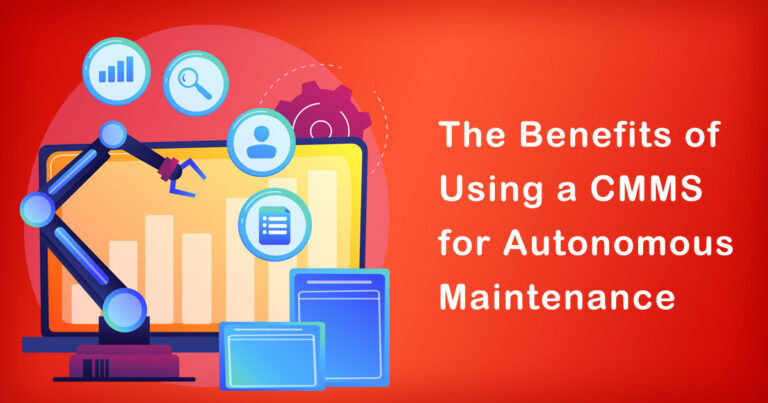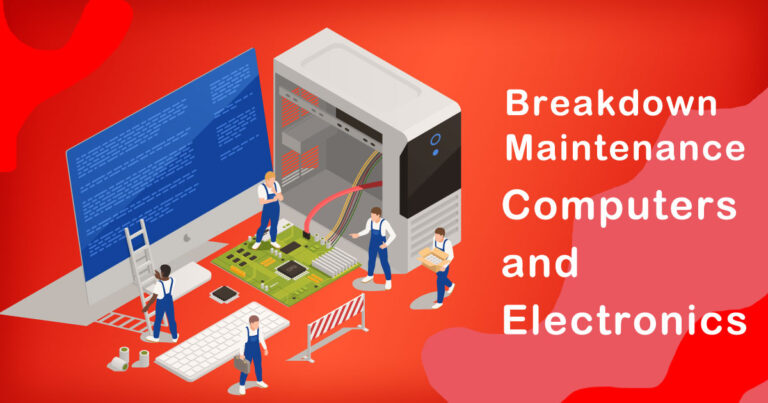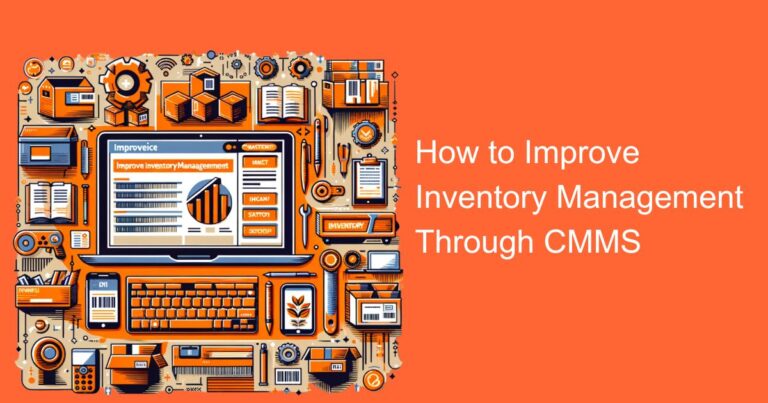Introduction
In today’s highly competitive business landscape, organizations in India are constantly striving to optimize their operations and maximize profitability. One area that holds significant potential for improvement is opportunity maintenance. Efficiently managing opportunities and ensuring timely maintenance can lead to reduced downtime, enhanced productivity, and increased customer satisfaction. To achieve these goals, organizations can leverage Computerized Maintenance Management Systems (CMMS), which provide a structured framework for streamlining maintenance activities. In this article, we will explore the benefits of CMMS and discuss its application in the Indian context.
Understanding CMMS
A Computerized Maintenance Management System (CMMS) is a software solution designed to help organizations efficiently manage and track maintenance activities. It acts as a centralized repository for storing maintenance data, automating workflows, and facilitating informed decision-making. CMMS encompasses various functionalities, including work order management, asset tracking, preventive maintenance scheduling, inventory management, and reporting.
The Benefits of CMMS
1. Improved Asset Performance:
CMMS enables organizations to maintain an up-to-date record of their assets, including equipment, machinery, and infrastructure. By tracking asset maintenance history, organizations can identify patterns, predict failures, and schedule proactive maintenance. This proactive approach helps minimize unplanned downtime, extend asset lifespan, and optimize performance.
2. Streamlined Workflows:
CMMS provides a structured framework for managing work orders, assigning tasks, and tracking their progress. By automating routine tasks and establishing standardized processes, organizations can eliminate manual errors, reduce response times, and improve overall efficiency.
3. Enhanced Inventory Management:
With CMMS, organizations can maintain an accurate inventory of spare parts, consumables, and other maintenance-related supplies. This ensures that the necessary materials are readily available when needed, reducing downtime caused by inventory shortages and minimizing associated costs.
4. Data-Driven Decision Making:
CMMS generates comprehensive reports and analytics, providing valuable insights into maintenance operations. By analyzing key performance indicators (KPIs) such as mean time between failures (MTBF) and mean time to repair (MTTR), organizations can identify bottlenecks, optimize maintenance schedules, and allocate resources effectively.
5. Regulatory Compliance:
In the Indian context, where industries are subject to stringent regulatory requirements, CMMS plays a vital role in ensuring compliance. By maintaining detailed records of maintenance activities, organizations can demonstrate adherence to regulatory standards, avoid penalties, and ensure a safe working environment.
Implementing CMMS in an Indian Context
While the benefits of CMMS are universal, implementing this system in an Indian context requires certain considerations:
1. Customization:
Organizations should select a CMMS solution that caters to the specific needs of their industry and aligns with local regulations. Customization options should be explored to ensure seamless integration with existing processes and workflows.
2. Scalability:
As organizations grow and evolve, their maintenance requirements change. It is essential to choose a CMMS that can scale up to accommodate the increasing volume of assets, users, and maintenance activities.
3. User Training and Support:
Adequate training and ongoing support are crucial for successful CMMS implementation. Organizations should invest in comprehensive training programs to ensure that employees understand the system’s functionalities and can utilize them effectively.
4. Data Security:
Given the sensitivity of maintenance data, organizations must prioritize data security measures while implementing CMMS. Robust security protocols, including data encryption, user access controls, and regular backups, should be in place to protect valuable information.
Conclusion
Efficient opportunity maintenance is critical for organizations in India to achieve operational excellence and stay ahead in today’s competitive landscape. By leveraging CMMS, businesses can enhance asset performance, streamline workflows, optimize inventory management, and make data-driven decisions. However, successful implementation requires careful customization, scalability, training, and data security considerations. With the right CMMS solution and a strategic approach, Indian organizations can unlock the full potential of opportunity maintenance and gain a competitive edge in the market.
Remember, the value of CMMS lies not just in its capabilities but in how organizations utilize and optimize the system to suit their specific needs. Embracing CMMS as a powerful tool for opportunity maintenance can pave the way for improved efficiency, reduced costs, and increased customer satisfaction.








